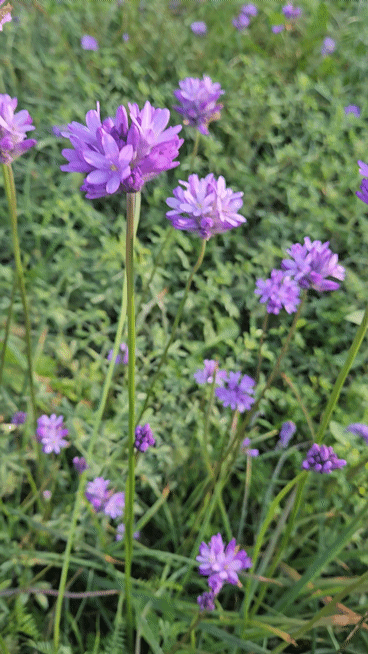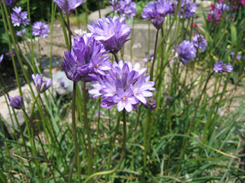Ookow - Dichelostemma congestum
Ookow - Dichelostemma congestum
Couldn't load pickup availability
Ookow is one of the most common, easily grown North American wildflowers, and was one of the most widely used food items of native peoples on the western side of the continent. We’ve been developing our stock for many years, combining seeds from wild stock and bulbs from commercial growers, to maximize the genetic diversity of our plants. The bulb (technically, a corm) is sometimes available in nurseries, under various names, and often in mixes. The most exciting aspect of this plant is its ease of cultivation, and its food quality. The bulb is an attractive white colour, sweet and soft when cooked, and requires no special preparation, apart from rubbing off the light tunic and trimming the base. It would be hard to think of a better food source! 👌
Cultivation: Full, sun, well drained, very hardy. We’ve grown and abused this plant, in our unforgiving zone 4 climate, and it keeps growing, dividing, and reseeding itself. The only downside, as with many wild plants, is that it takes several years to reach full size. But even harvests of 30% don’t seem to affect it (and may, in fact, be beneficial). The bulbs are typically 2 to 4 cm in size, but can get to an impressive 5 to 6 cm (about the size of a new potato) if the flowers are cut as they appear. This is the same way garlic is grown to full size.
Food preparation: We find it works best in stews, mixed with other vegetables, like beans and root vegetables, etc. It’s great on its own, but since the bulbs are fairly small, and keep their shape after cooking, they lend themselves well to soups and stews. Native people reportedly ate it roasted, boiled, or raw. 🍲
Ethnobotany: Similar in habit to Triteleia, this plant native to the North American Pacific coast was widely harvested for its edible corms by many tribes (Stromberg, 2007, p. 63). As with other geophytes, western North American tribes managed extensive populations of Ookow. Anderson and Lake (2016) report that it probably was the most widely consumed root plant in California.
Share






